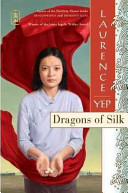
Four generations of Chinese and Chinese-American girls, beginning in 1835, are tied together by the tradition of raising silkworms and the legacy of the legendary Weaving Maid.
Materials from the Americas

Four generations of Chinese and Chinese-American girls, beginning in 1835, are tied together by the tradition of raising silkworms and the legacy of the legendary Weaving Maid.
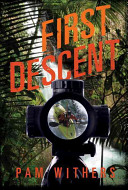
Montana-born Rex loves nothing more than to take his kayak out on a river, the faster and more powerful the better. When he gets the opportunity to tackle the well-named El Furioso in southwest Colombia, he is thrilled. He anticipates the river’s challenges, but finds himself in a situation where the real danger is human. In Colombia, he meets Myriam Calambás, an Indígena, who has lived along the El Furioso all her life. Though she loves its rushing waters, she dreams of leaving to get an education so that she can help her people. Her dreams, and her very survival, are in the balance when she and Rex are caught up in the clash between paramilitaries, working for rich landowners, and guerillas, who are supposed to be protecting the poor.
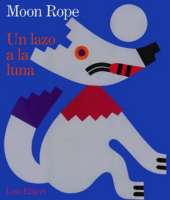
An adaptation of the Peruvian folktale in which Fox and Mole try to climb to the moon on a rope woven of grass.
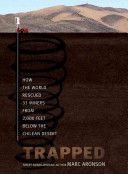
In early August 2010, the unthinkable happened when a mine collapsed in CopiapÓ, Chile, and 33 miners were trapped 2,000 feet below the surface. For sixty-nine days they lived on meager resources and increasingly poor air quality. When they were finally rescued, the world watched with rapt attention and rejoiced in the amazing spirit and determination of the miners. What could have been a terrible tragedy became an amazing story of survival.
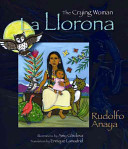
In ancient Mexico, beautiful Maya’s children are endangered by the threat of Senor Tiempo who, jealous of their immortality, plots to destroy them.
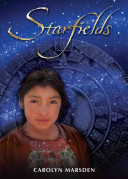
While big changes are coming to her Mexican village, nine-year-old Rosalba hears that the Mayan calendar predicts the end of the world in 2012 and she dreams of an ancient Mayan boy, eyes bound in a shamanistic ritual, who hints at what Rosalba can do.
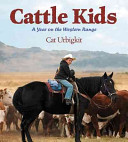
Presents a photo essay about boys and girls who live and work on their families’ cattle ranches, taking part in many activities including calving, branding, and rounding up the herd.
See the review at WOW Review, Volume 4, Issue 1
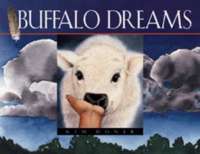
Having traveled with her family to see a newly born white buffalo and give her gifts, Sarah Bearpaw experiences a magic moment with the special calf. Includes a legend of the white buffalo and instructions for making a dreamcatcher.
See the review at WOW Review, Volume 4, Issue 1
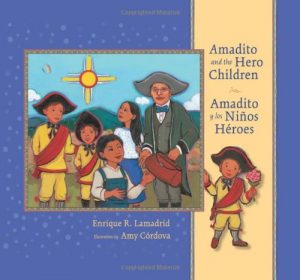 A brief fictional recounting of legendary epidemics that struck the American Southwest–the smallpox epidemics of the eighteenth and nineteenth centuries and the influenza epidemic during World War I–which ravaged many rural communities throughout the West. Includes author’s notes about the characters.
A brief fictional recounting of legendary epidemics that struck the American Southwest–the smallpox epidemics of the eighteenth and nineteenth centuries and the influenza epidemic during World War I–which ravaged many rural communities throughout the West. Includes author’s notes about the characters.